California officials issued second-stage guidelines intended to put more retail, logistics and manufacturing companies on a path to post-coronavirus pandemic normalcy starting Friday, allowing them to reopen with necessary site modifications and precautions.
Guidelines announced by Gov. Gavin Newsom, and posted on the state’s pandemic response website, are similar to those issued earlier for businesses that were deemed essential in the state’s first phase of response to the virus, such as grocery stores, drugstores, banks and gas stations.
Those businesses are required to provide the high levels of sanitation, social distancing and other protocols to try to prevent the spread of the virus. If they follow the same standards, more businesses deemed “low risk” for virus transmission can open for business Friday, including retailers selling clothing, sporting goods, toys, books, music and flowers. The same state standards would generally also apply to manufacturing, warehouse and other logistics businesses serving retail customers that could be eligible to begin to reopen.
The new guidelines are the first in a series that are scheduled to be issued in coming weeks to help the 70% of businesses in California’s economy that are still reeling from stay-at-home orders issued by the state in mid-March. Newsom said practices will be subject to adjustment over the course of a total of four phases of reopenings that could play out over the course of several months.
“This is not etched in stone,” Newsom said of the latest guidelines. “We want to continue to work with people across sectors and address unintended and not just intended consequences of these meaningful modifications of the stay-at-home order.”
Since many retailers are small businesses, owners will be left to decide their own opening timelines based on the extent to which they are able to invest in the personnel and other expenses required to enforce social distancing, hygiene and other elements already being carried out by essential businesses such as supermarkets.
For instance, the state’s new retail guidelines call for businesses that open to provide temperature or symptom screenings for all workers at the beginning of their shifts and for any work-related personnel entering the facility. Protective gear should be supplied by the business to cashiers, baggers and other workers with “regular and repeated interaction with customers.”
The guidelines encourage the use of pickup and delivery services like those already being used by many stores and restaurants to minimize in-store contact and maintain social distancing. The rules acknowledge that may not be an option for all types of retailers, because of the ways in which people browse and shop depending on the product.
The retail guidelines call for closing in-store bars, bulk-bin options and public seating areas, and also for discontinuing product sampling.
Slow Recovery
While many retailers may be legally able to open their doors, some may still wait to do so, according to brokers. The restrictions may still pose logistical and financial challenges that could not end up being worth the effort.
“For clothing stores or shoe stores or others where there is a need to try things on and get the right sizing or fit, there isn’t any advantage to have people pick up curbside,” Mike Moser, partner in San Diego-based brokerage firm Retail lnsite, told CoStar News.
“And for shops where people browse through and purchase, the thought that these retailers are going to be able to do any business with a curbside pickup isn’t a solution that helps nor does it make that much sense,” Moser said.
Under the state guidelines, retailers will be able to operate at no more than 50% of normal capacity, and are advised to be “prepared to queue customers outside while still maintaining physical distance, including the use of visual cues.” In grocery stores, for instance, those cues have included floor markings intended to keep customers six feet apart in checkout lines.
Moser said small retailers want to open for business in a safe manner, but many may decide to wait because those modifications will not pay off when store traffic is lingering between 25% and 50% of normal capacity. Operators have staffing, inventory replenishment and other costs to consider in addition to the coronavirus-related modifications.
Newsom said another set of openings for the current second phase is being worked out, and details are expected to be announced in coming weeks for modified on-site restaurant dining, as well as the operating of outdoor museums, car washes and other low-risk businesses.
A return to more crowded settings such as office buildings, gyms and bars is not likely to occur until the third phase in California, and full operating of most types of businesses and public spaces won’t happen until the fourth phase. Newsom said the state is currently allowing counties to proceed faster with openings than the state if they can certify progress in areas such as infection and death declines, and increases in testing for the virus.
Officials of some hard-hit cities, including San Francisco and Los Angeles, have already said they will be proceeding slower than California as a whole when it comes to current and future business openings.
The Commerce Department reported that nationwide retail sales dropped 8.7% from a year ago in March, the sharpest plunge on record, with apparel store sales down 50% and restaurants and bars dropping 26%,
April U.S. retail figures are not yet available but are likely to show steeper declines, reflecting a full month of retail closings compared with March’s half month.



 Facebook
Facebook
 Twitter
Twitter
 Pinterest
Pinterest
 Copy Link
Copy Link



![Why Experts Say the Housing Market Won’t Crash [INFOGRAPHIC] | MyKCM](https://files.mykcm.com/2022/08/10115546/20220811-MEM-1046x1911.png)
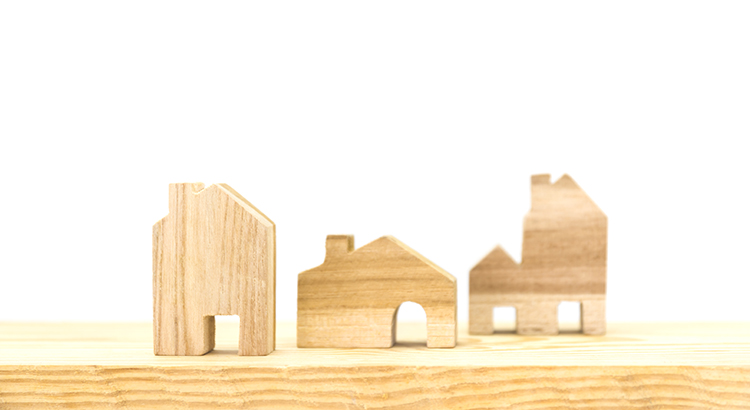
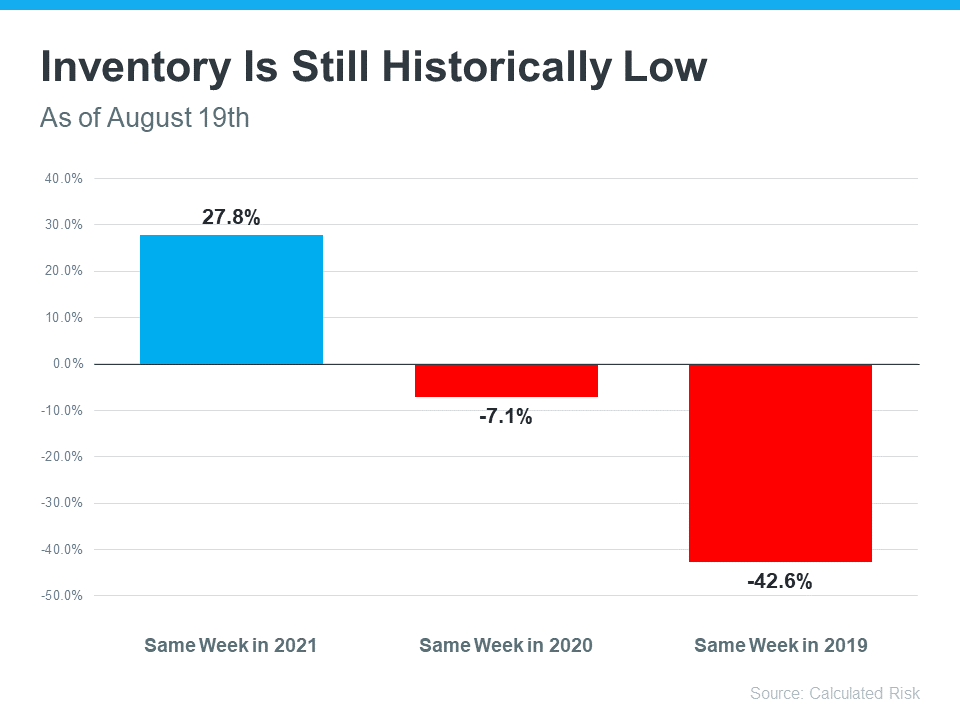
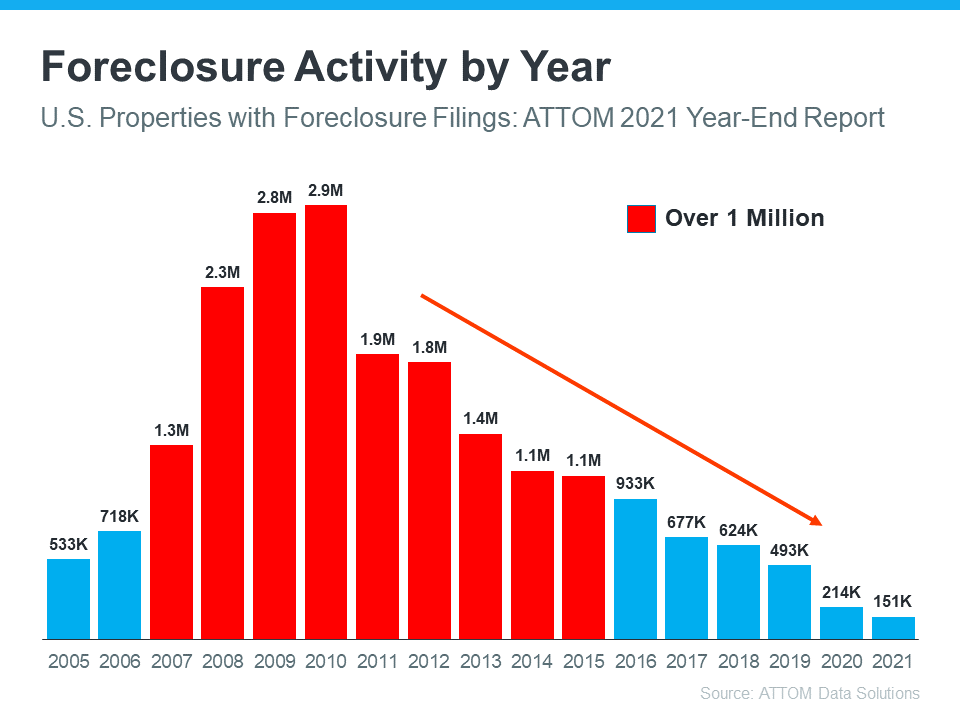



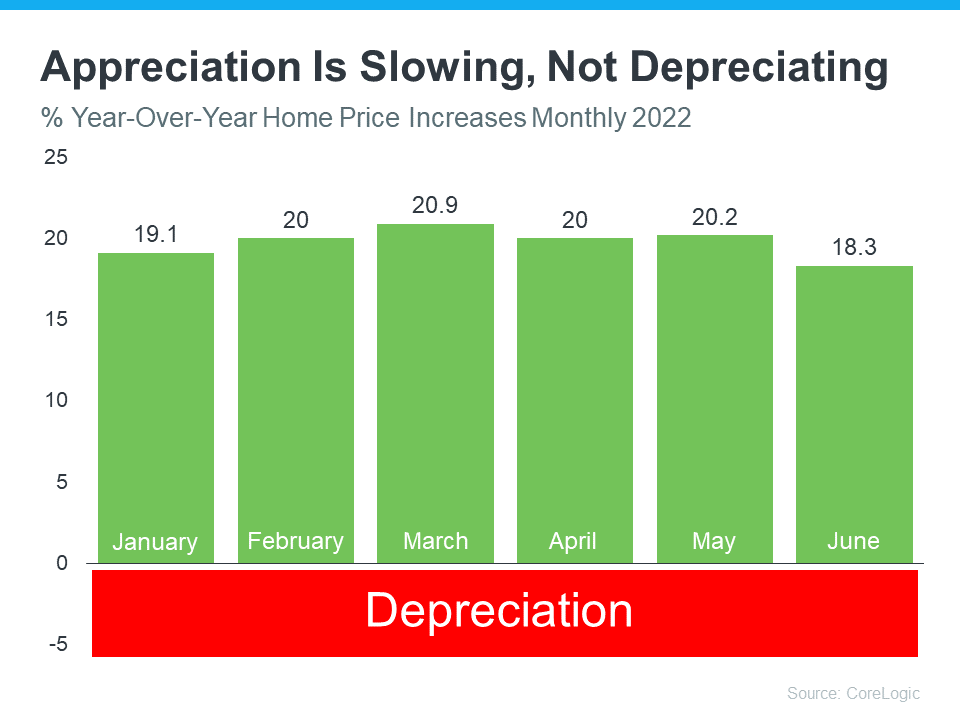

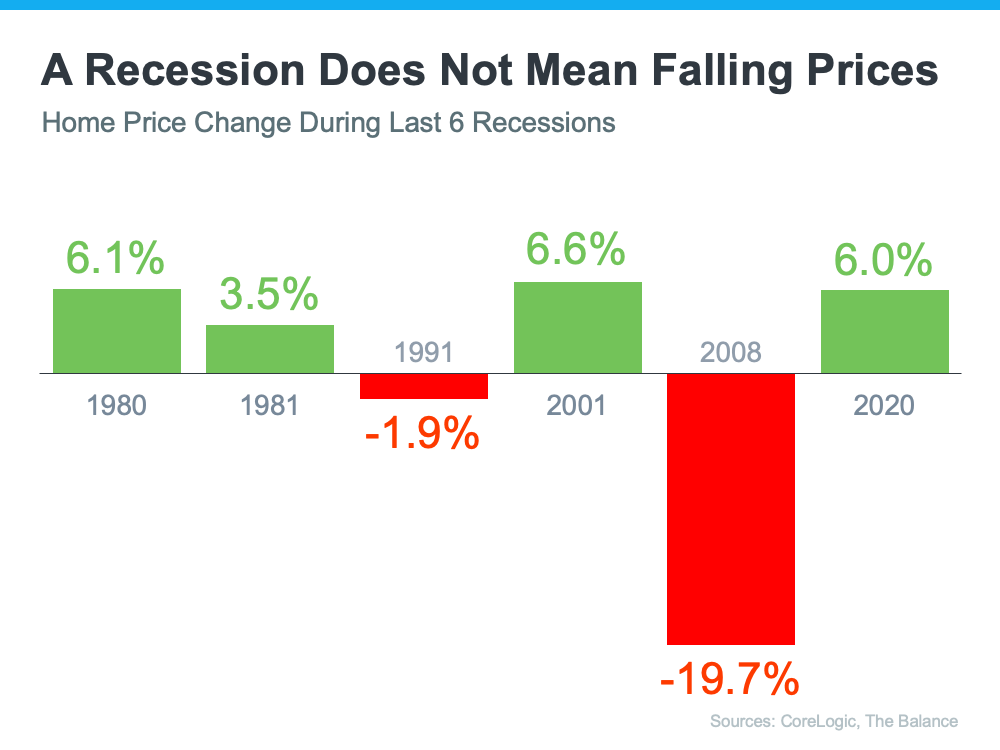
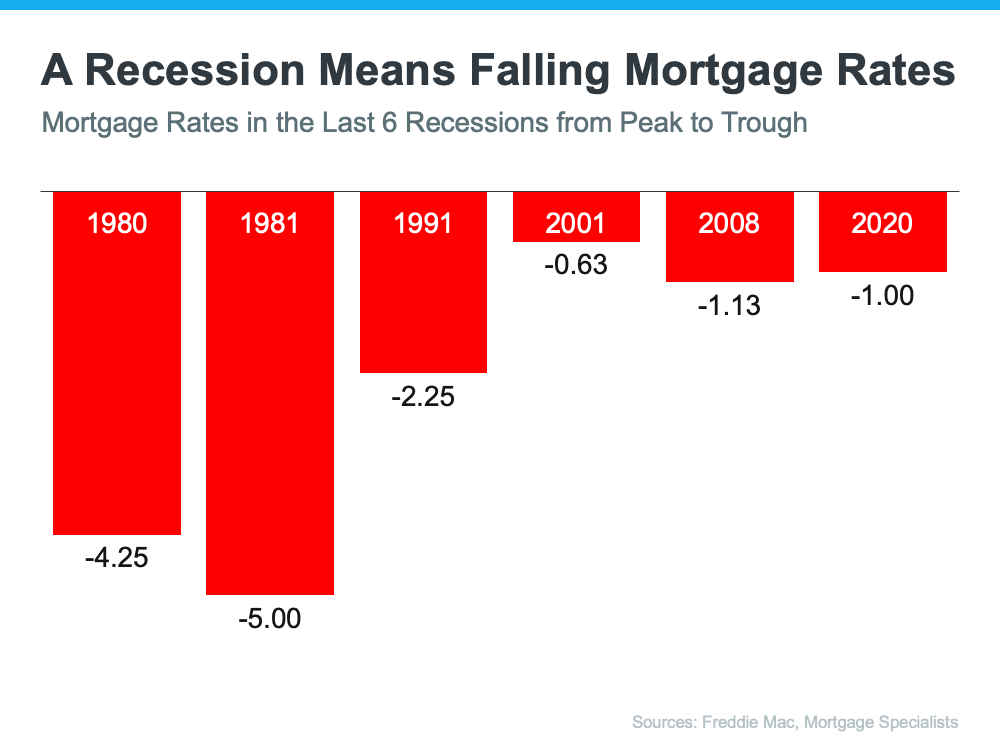

 California Gov. Gavin Newsom announced guidelines allowing low-risk retail and industrial facilities to reopen starting Friday. (Gage Skidmore/Flickr)
California Gov. Gavin Newsom announced guidelines allowing low-risk retail and industrial facilities to reopen starting Friday. (Gage Skidmore/Flickr)